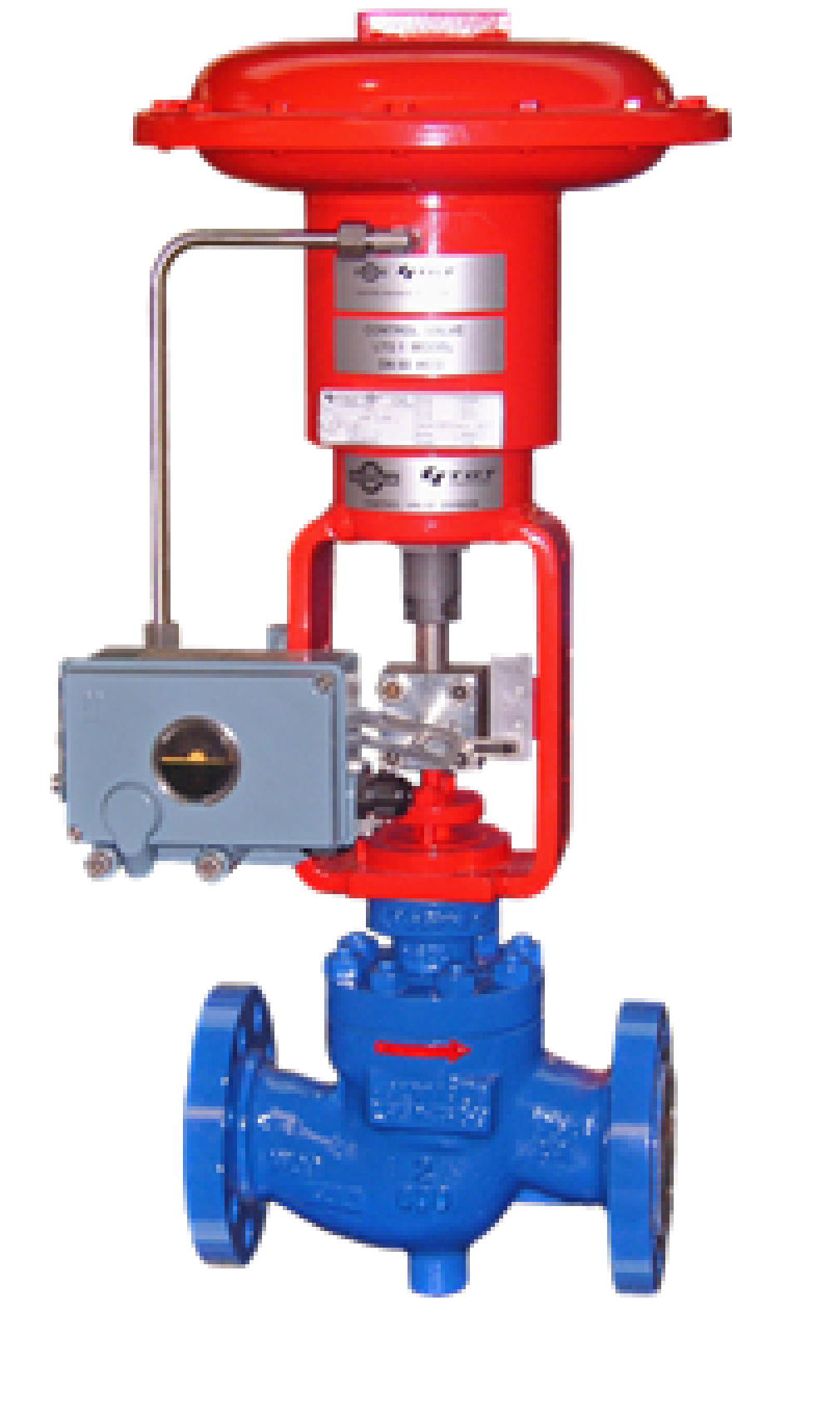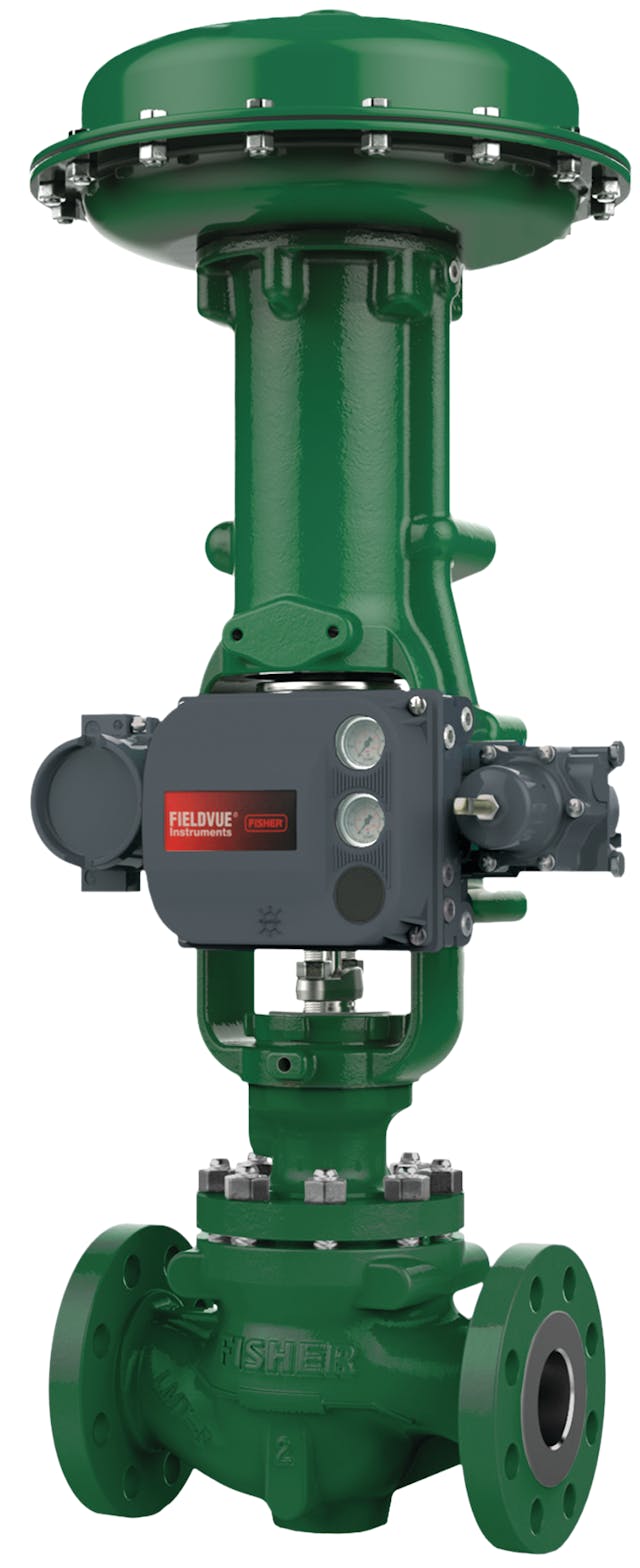Discovering the Capability of Modern Control Valves in Industrial Applications
Discovering the Capability of Modern Control Valves in Industrial Applications
Blog Article

Maximize Energy Cost Savings and Convenience With Advanced Structure Automation Controls
In the world of contemporary style and facility administration, the assimilation of innovative building automation controls stands as a critical advancement. The convergence of modern technology and sustainability has birthed a new period where energy performance, comfort optimization, and operational streamlining are no more attainable facts yet distant goals. By using the power of automation, buildings can adjust, respond, and evolve in manner ins which were when inconceivable. The capacity for substantial energy cost savings and improved comfort is not just a pledge but a possibility waiting to be met. This standard change in structure monitoring holds the vital to opening a globe where ecological conscientiousness and occupant health sympathetically exist side-by-side within the wall surfaces of our frameworks.
Energy Performance Perks
Energy effectiveness benefits can considerably minimize power consumption and functional costs in structures. By carrying out energy-efficient methods and modern technologies, building owners and drivers can accomplish significant savings while additionally adding to environmental sustainability. Among the main advantages of boosting energy effectiveness in structures is the reduction of energy bills. Energy-efficient systems, such as sophisticated building automation controls, can maximize the use of sources like lights, heating, and cooling, causing lower power expenditures gradually.
In addition, improved power performance can lengthen the lifespan of structure tools and systems. By operating more efficiently, HVAC systems, lighting components, and other structure parts experience much less deterioration, causing minimized upkeep and substitute expenses. In addition, energy-efficient buildings usually command greater residential or commercial property values and rental prices, offering long-term financial advantages to proprietors.
In addition, energy performance can boost owner comfort and performance. Effectively regulated interior atmospheres with optimum illumination and thermal problems create a more favorable and enjoyable workspace, leading to improved staff member satisfaction and efficiency. In general, the energy performance advantages connected with sophisticated building automation controls are multifaceted, incorporating cost savings, environmental stewardship, and passenger well-being.
Improved Convenience Control
Enhancing comfort control in building settings calls for an innovative combination of sophisticated automation systems for optimal passenger wellness. By utilizing innovative building automation controls, facilities can customize the interior environment to fulfill the particular needs and choices of residents. control valves.
Improved convenience control surpasses fundamental temperature modifications. It includes features such as customized settings, occupancy sensing units, and all-natural light utilization to produce a vibrant and responsive atmosphere. By incorporating these innovative controls, structures can not only boost comfort yet additionally improve power performance by optimizing system operations based on real tenancy and use patterns. Inevitably, focusing on passenger comfort with advanced automation systems causes a more pleasurable and much healthier interior setting.
Operational Effectiveness Improvements

In addition, the application of real-time monitoring and analytics tools makes it possible for structure drivers to determine energy inefficiencies and operational anomalies quickly. By continuously keeping an eye on energy usage patterns and system performance metrics, changes can be made in real-time to maximize power intake and make certain peak operational performance. control valves. Additionally, integrating demand feedback techniques into building automation controls can further improve operational efficiency by dynamically adjusting energy usage based on grid problems and rates signals
Indoor Environment Optimization
Effective interior environment optimization is a fundamental aspect of building automation controls, ensuring passengers' comfort and health while making best use of power savings. By making use of sophisticated sensing units and controls, developing automation systems can continuously readjust and keep an eye on temperature, moisture degrees, air quality, and ventilation to create an ideal interior environment. Preserving comfy and regular problems not only enhances passenger fulfillment yet also boosts efficiency and general well-being.
Indoor climate optimization also plays a crucial role in energy efficiency. By fine-tuning cooling, ventilation, and heating systems based home on real-time information and tenancy patterns, building automation controls can dramatically lower power consumption - control valves. Carrying out strategies such as demand-controlled air flow and thermal zoning can help lessen energy waste while making certain that each location of the building receives the needed conditioning.

Lasting Setting Creation
Structure automation controls not only enhance interior environment conditions for power performance and owner comfort but also lay the structure for creating a lasting environment with tactical administration of systems and resources. By incorporating sophisticated structure automation technologies, such as sensors, actuators, and smart software program, facilities can monitor and change power use in real-time to decrease waste and lower their carbon footprint. These systems enable predictive upkeep, recognizing potential issues prior to they escalate and maximizing tools efficiency to improve durability and efficiency.
Moreover, lasting atmosphere creation expands past power monitoring to encompass water conservation, waste reduction, and interior air top quality improvement. Structure automation controls can control water usage, identify leaks, and guarantee correct waste disposal methods, go right here adding to total sustainability initiatives. Additionally, by keeping an eye on and managing air flow and filtering systems, these technologies improve owner health and wellness and productivity while reducing power usage related to a/c procedures.
Conclusion
Finally, advanced building automation controls offer significant advantages in regards click this to power savings, convenience control, functional efficiency, interior environment optimization, and creating a sustainable environment. By implementing these controls, structures can achieve optimum performance while reducing power intake and enhancing resident convenience. It is evident that making use of advanced automation innovation is critical in enhancing structure efficiency and creating a much more lasting future.
Energy performance advantages can dramatically minimize power intake and functional expenses in buildings. In general, the energy efficiency benefits linked with sophisticated structure automation controls are complex, including expense financial savings, ecological stewardship, and owner health.
Furthermore, incorporating need feedback techniques into structure automation controls can additionally improve functional effectiveness by dynamically adjusting power usage based on grid problems and prices signals.
Structure automation regulates not just optimize interior environment conditions for power efficiency and passenger comfort yet likewise lay the structure for creating a sustainable atmosphere with calculated administration of systems and sources.In final thought, advanced structure automation controls offer significant benefits in terms of power cost savings, convenience control, operational performance, indoor environment optimization, and producing a lasting atmosphere.
Report this page